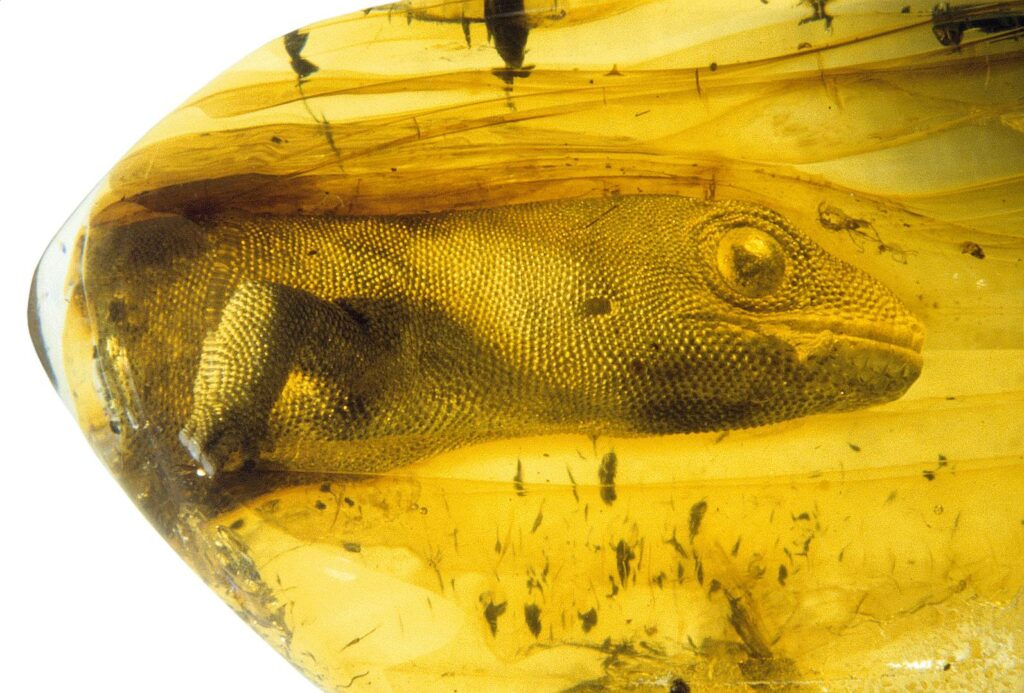
5,000-year-old crystal dagger found in a secret Iberian prehistoric tomb
These crystal artifacts were designed for a select few who could afford the luxury of collecting and transforming such materials into weapons.






While upgrading water supplies in Andalucia, southern Spain, workers made an unexpected discovery when they came across an “unprecedented” and well-preserved necropolis of subterranean limestone vaults used by the Phoenicians, who…



